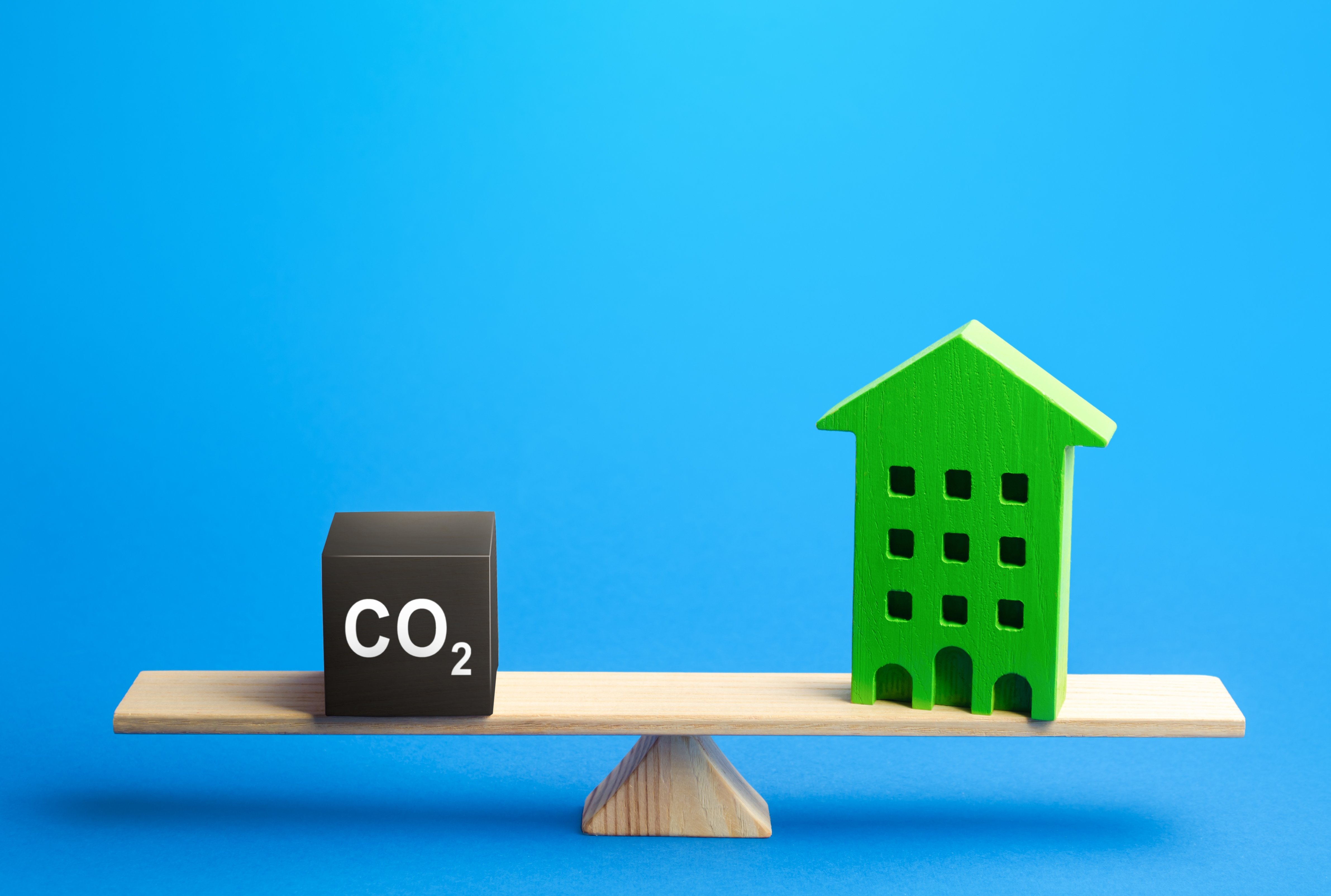The Crucial Role of Embodied Carbon in Design
Micène Fontaine, July 21, 2023
Have you heard of Earth Overshoot Day?
Earth Overshoot Day marks the date each year when the rate of global resource consumption exceeds what Earth can regenerate in that year. The built environment accounts for a staggering 50% of the world's extracted materials and nearly 40% of greenhouse gas emissions annually. As architects and designers, you hold tremendous power to shape the built environment in a way that respects and conserves our precious resources.

You can help #MoveTheDate by implementing practical strategies for reducing the demands of resource consumption in the built environment. Through conscious design choices and quantifying the embodied energy of building materials, you can make a real difference.
Actionable steps you can take in your practice:
- Analyze life-cycle assessments and environmental product declarations to understand a material's true carbon cost before specifying it.
- Compare materials using product data platforms such as 2050 Materials.
- Measure and limit the embodied carbon of building materials used in your projects. By quantifying and reducing the impact of design choices, you can pave the way for a healthier and more sustainable living environment for current and future generations.
- Opt for low-impact materials like recycled steel, reclaimed or sustainably sourced wood, concrete alternatives, and rapidly renewable resources. By selecting low-carbon alternatives architects and interior designers can dramatically reduce embodied carbon while maintaining aesthetic appeal.
At the heart of every design lies the power to create a better future for our planet. Architects and designers have the ability to significantly reduce the industry's ecological footprint while maintaining a healthy living environment for current and future generations.
Embodied carbon emissions are generated by the manufacturing, transportation, installation, maintenance, and disposal of construction materials used in buildings, roads, and other infrastructure. For a quick primer, read the American Institute of Architect's (AIA) "Introduction to Embodied Carbon" and for a deeper dive check out our Change by Design session on "Embodied Carbon in Building Materials: Reducing the demands of resource consumption in the built environment." Together, we can lead the way towards a greener, more sustainable future.
Thank you for your commitment to creating positive change through design!




